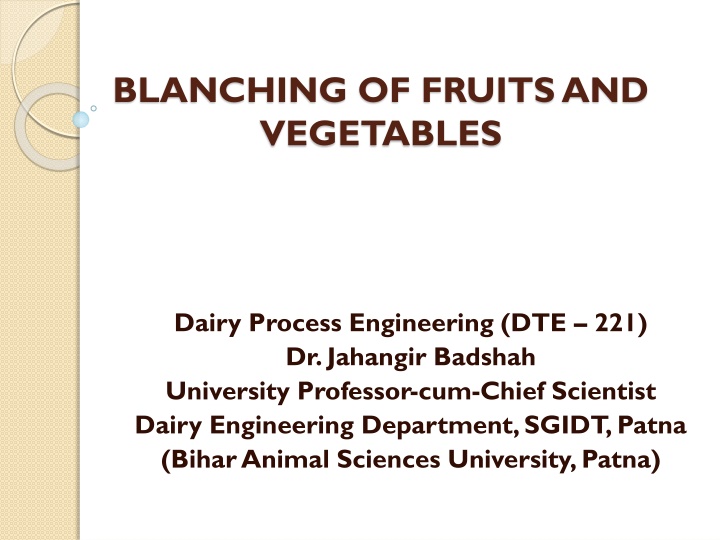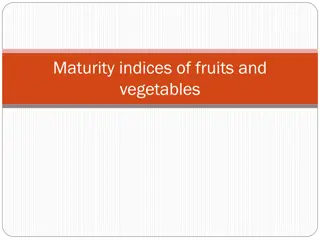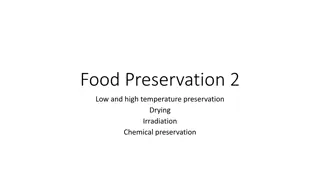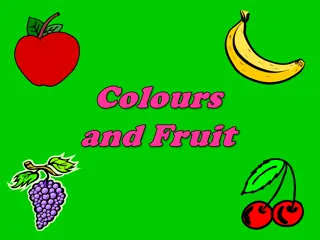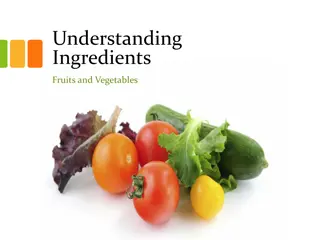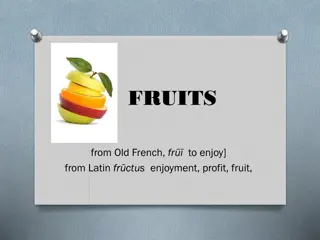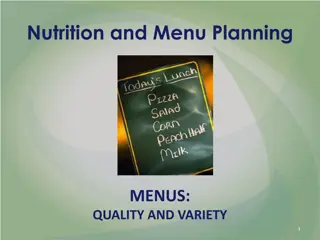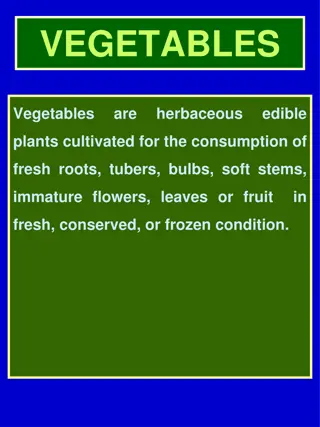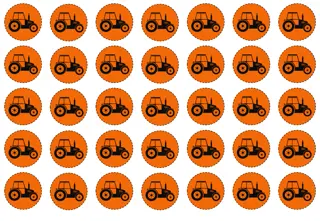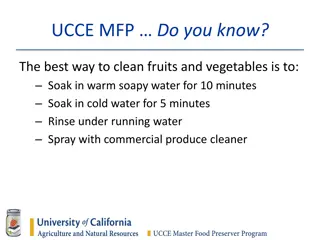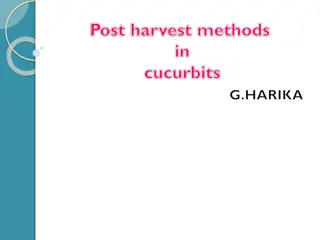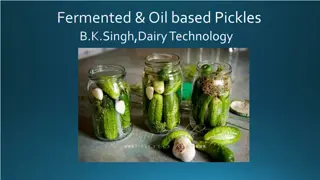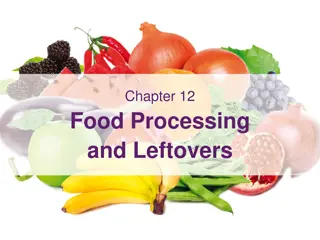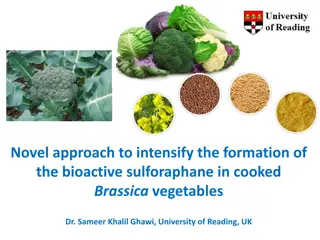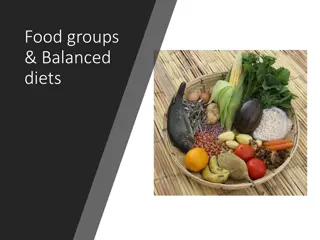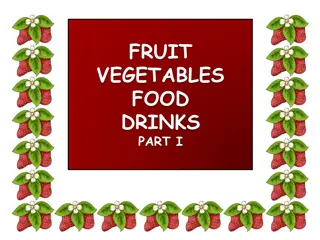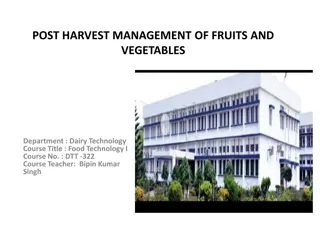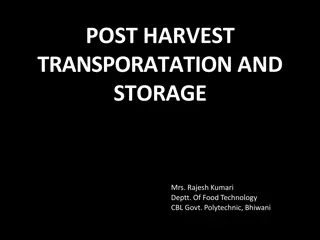Blanching of Fruits and Vegetables: Purpose, Principles, and Processing Conditions
Blanching is crucial in food processing to preserve color, flavor, and nutrients. Learn about its purpose, principles, and processing conditions for optimal results.
Download Presentation

Please find below an Image/Link to download the presentation.
The content on the website is provided AS IS for your information and personal use only. It may not be sold, licensed, or shared on other websites without obtaining consent from the author.If you encounter any issues during the download, it is possible that the publisher has removed the file from their server.
You are allowed to download the files provided on this website for personal or commercial use, subject to the condition that they are used lawfully. All files are the property of their respective owners.
The content on the website is provided AS IS for your information and personal use only. It may not be sold, licensed, or shared on other websites without obtaining consent from the author.
E N D
Presentation Transcript
BLANCHING OF FRUITS AND VEGETABLES Dairy Process Engineering (DTE 221) Dr. Jahangir Badshah University Professor-cum-Chief Scientist Dairy Engineering Department, SGIDT, Patna (Bihar Animal Sciences University, Patna)
Purpose and Objectives of Blanching The enzyme responsible for discoloration in presence of oxygen (such as poly phenol oxydase enzyme) needs to be inactivated before further processing of fruits and vegetables for preservation through freezing,dehydration or canning. To help preserve natural colour and flavour. To eliminate air/gasses from the product prior to canning for achieving vacuum To soften tissues for facilitating packaging To avoid damage to the products To act as a final cleaning and decontamination process To reduce toxic constituents from the surface of vegetables by leaching. To reduce microorganisms contents, which is useful in frozen and dehydrated foods
Principles of blanching Use of hot water maintained at a temperature between 88 to 99 C through which products are moved. In steam blanching, the product is carried on a belt through a steam chamber with live steam injections and draining of condensate and exhaust hood for steam exhaust removal. As a guide, the operator utilizes either the catalase or the peroxidase tests to determine the adequate blanching. Currently peroxydase test is used in the industry, which sould be negative is necessary to prevent the development of undesirable characteristics in the products. Immediately after blanching the vegetables are quickly cooled in cold water and stored.
Processing Condition for Blanching Leaching out of water soluble minerals including sugars, proteins and vitamins. Some nutrients loss occur through thermal lability and to lesser extent , oxidation. Wide ranges of vitamin C breakdown are observed, depending on the raw materials and the method and precise condition of processing. Blanching is an example of Unsteady state heat transfer involving convective heat transfer from the blanching medium. The condition i.e. Time of blanching and temperature must be evaluated for raw materials which maintains a balance between retaining raw materials quality and avoids over processing. It depends on properties of vegetables/fruits, particularly thermal conductivity. Size and shape of food and method of heating Holding time of 1- 15 minutes at 79 to -100 C are normal. It will also dend on methods of blanching such as Steam Blanchers or Hot water Blanching.
Thank You ejazbadshah@gmail.com
